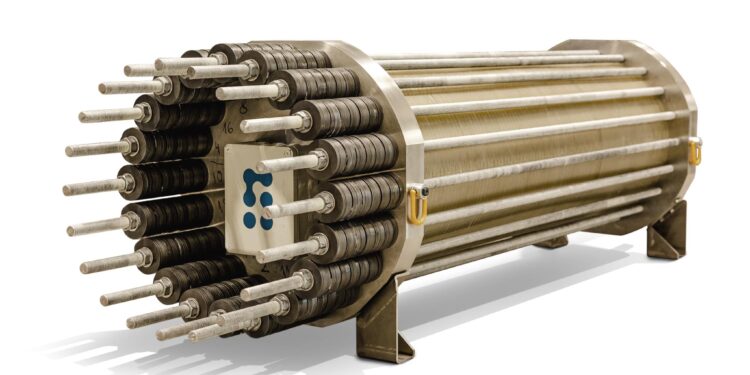Stargate Hydrogen has officially opened its new 140-megawatt electrolyser manufacturing facility in Estonia, marking a significant milestone in Europe’s green hydrogen transition. The state-of-the-art factory is set to boost local production capacity for electrolysers, critical components in generating clean hydrogen from renewable energy sources. This strategic expansion underscores Stargate Hydrogen’s commitment to scaling up sustainable energy technologies amid growing demand for decarbonization solutions across the continent.
Stargate Hydrogen Launches State-of-the-Art Electrolyser Factory in Estonia
Stargate Hydrogen has officially commenced operations at its new 140-megawatt electrolyser manufacturing facility located in Estonia, marking a significant milestone in Europe’s renewable energy landscape. The factory is equipped with cutting-edge technology designed to boost the production capacity of green hydrogen electrolysers, essential components for sustainable hydrogen generation. This move aligns with the EU’s Green Deal targets, aiming to expand clean energy solutions and reduce carbon emissions across the continent.
The facility incorporates several advanced features that set it apart in the hydrogen sector, including:
- Modular design: Enables scalable production to meet varying market demands.
- In-house R&D capabilities: Facilitates continuous innovation and product optimization.
- Sustainable manufacturing processes: Minimizes environmental impact with energy-efficient systems.
| Specification | Capacity | Production Target |
|---|---|---|
| Electrolyser Output | 140 MW/year | Green hydrogen supply for 20,000+ households |
| Facility Size | 25,000 m² | Production lines for 5 electrolyser models |
| Employment | 150 Staff | Increasing to 300 by 2026 |
Boosting Local Green Hydrogen Production to Support Renewable Energy Goals
With its new electrolyser plant in Estonia, Stargate Hydrogen is set to significantly enhance regional hydrogen production capacity, enabling a stronger integration of renewable energy sources into the energy mix. The 140-MW facility is designed to support local industries and energy providers by delivering green hydrogen produced through electrolysis, powered exclusively by renewable electricity. This move aligns with broader European goals to reduce carbon emissions and foster energy independence by accelerating the transition to green fuels.
Key features of the factory include:
- High-capacity modular electrolyser units optimized for scalability and efficiency
- Integration with solar and wind power projects in the Baltic region
- Support for local jobs and technology development, boosting the green economy
| Specification | Details |
|---|---|
| Electrolyser Capacity | 140 MW |
| Location | Tallinn, Estonia |
| Energy Source | 100% Renewables (Solar & Wind) |
| Annual Green Hydrogen Output | Approx. 20,000 tonnes |
Industry Experts Recommend Scaling Electrolyser Manufacturing to Accelerate Decarbonization
Leading industry figures emphasize the critical role of ramping up electrolyser production in meeting global climate targets. As Stargate Hydrogen’s new 140-MW facility in Estonia comes online, experts highlight that expanding manufacturing capacity is indispensable for reducing costs and improving technology availability. This scaling is viewed as essential to unlocking the potential of green hydrogen, enabling widespread adoption across sectors such as heavy industry, transportation, and power generation.
Among the key takeaways from recent expert analyses are:
- Economies of Scale: Higher production volumes will drive down unit costs by standardizing components and streamlining assembly processes.
- Supply Chain Optimization: Increased demand for raw materials encourages robust supply networks, mitigating bottlenecks and price volatility.
- Innovation Acceleration: Investment in larger manufacturing hubs fosters R&D synergy, expediting advancements in efficiency and durability.
| Parameter | Current Capacity | 2025 Target | |
|---|---|---|---|
| Electrolyser Production (MW/year) | 500 | 5,000 | |
| Cost per kW ($) | 950 | 400 | |
| Expected COâ‚‚ Reduction (Mt/year) | Expected COâ‚‚ Reduction (Mt/year) | 1.2 | 12 |















